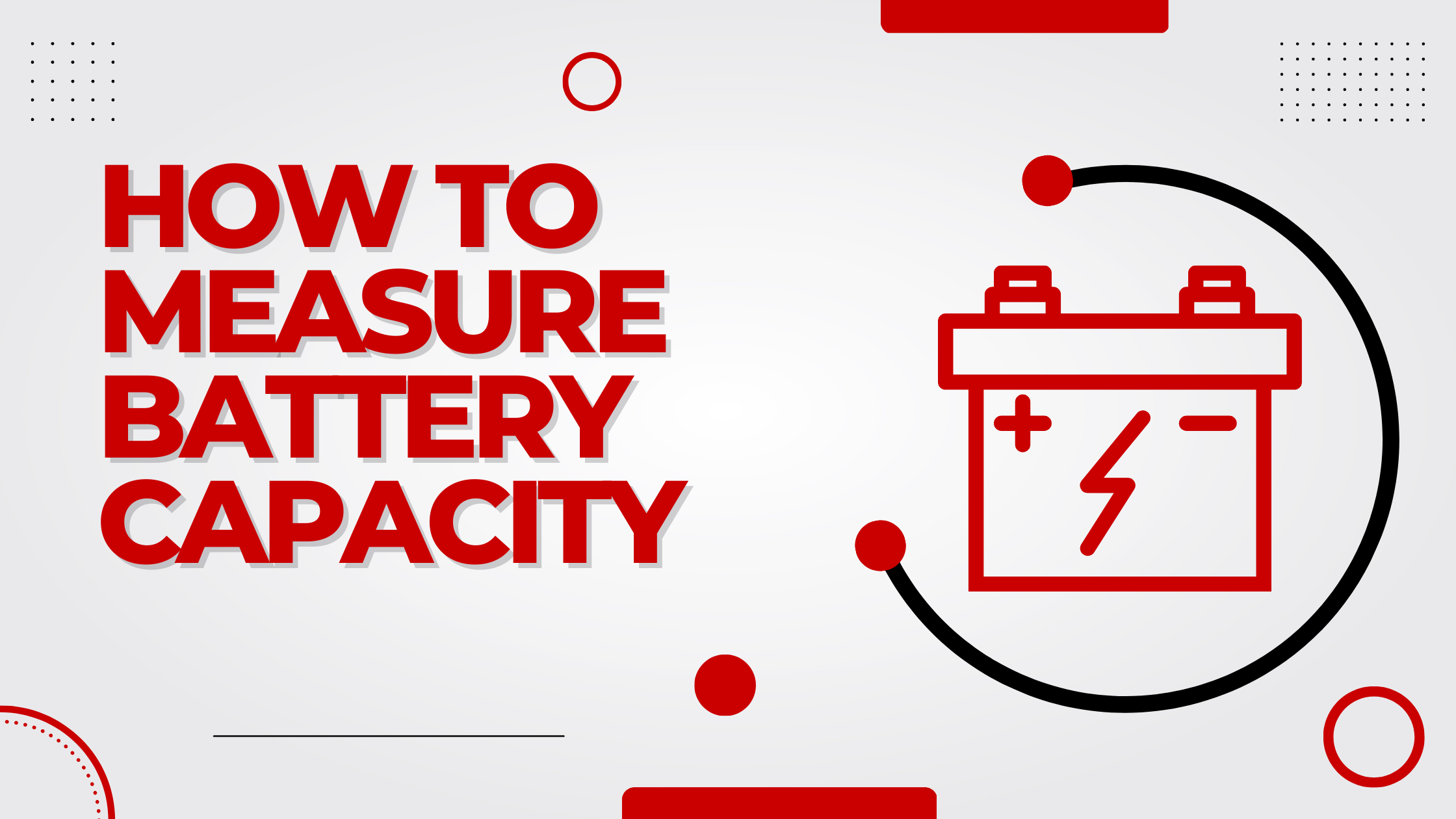![[Post] First universal climate agreement. Keys and Weaknesses](/assets/img/blog/post085.png)
[Post] First universal climate agreement. Keys and Weaknesses
Dec 18, 2015. | By: Adriana Sánchez and Ana Morales
In this post we explain the keys and the weaknesses of the first universal climate agreement reached at the Paris Climate Change Conference (you can get a quick picture in this infographic).
After two weeks of negotiations, 195 countries meeting in Paris on Saturday December 12th approved a final agreement that is expected to be effective in early 2016.
This is the first agreement in which both developed and developing countries agree to manage the transition to a low carbon economy.
The goal is to keep below two Celsius degrees the temperature increase. To achieve these goals, countries undertake every five years to set their national targets to reduce the emission of greenhouse gases. The text states that rich countries will continue to provide financial support to poor countries to help them reduce their emissions and adapt to the effects of climate change.
How tracking of the proposed objectives will be done?
In 2018, developed countries for the first time will evaluate the impact of its initiatives against global warming and discuss their plans for reducing GHG emissions again.
The approved text recognizes the need for a mechanism of “loss and damage” associated with the adverse effects of climate change, but don’t say anything about compensation.
The pact does not establish penalties and will be partially binding, but mainly determines the importance of setting a price on carbon to stimulate energy transition that will take effect in 2020.
Four keys to understand the Paris pact on climate change
Goals
To achieve the objective that the average temperature increase of late century stays between 1.5 and 2 degrees it is established that all countries will reach a ceiling on their emissions of greenhouse gases “as soon as possible.”
In addition, in the second half of this century, it must reach a “balance” between the emissions and the ability to absorb them, mainly carbon dioxide.
This last point clearly opens the door to the mechanisms of carbon sequestration and storage, a way to defend the oil producing countries not to cut fossil fuels form.
Mitigation
The main instrument on which the agreement builds are called national “contributions”. When these programs are analyzed emission reduction results in a temperature increase at the end of the century about three degrees. Therefore, the agreement provides that contributions will be reviewed every five years upwards.
The first analysis will be conducted in 2018 and the first update in 2020, when the Paris agreement will be effective. Another key instruments of the agreement is the creation of inventories to do a good tracing of national reduction programs. Profiled three categories: developed, which should give complete information; emerging, that have a less demanding, and the poorest, which have the minimum level of obligations.
Vinculation
The French Foreign Minister, Laurent Fabius, has emphasized that the agreement is binding. What won’t be legally binding are the emissions reduction targets for each country. This point had to be included to prevent that the United States, the world’s second largest emitter, is not left out of the agreement.
However, in the text proposed by France states that each signatory “shall prepare, communicate and maintain national contributions”. And “must” launch “domestic measures” mitigation to meet the national targets that have been set in its contribution.
Financing
For countries with fewer resources to adapt to the effects of climate change and to reduce emissions it can also required that foreign aid by the developed countries is set. The commitment is to achieve by 2025 to mobilize 100,000 million annually.
It includes the creation of a new international body dedicated to the “ loss and damage “ in the document; whose development will be for later. Finally, the agreement also includes the creation of market mechanisms of emissions of greenhouse gases.
Weakness of the agreement.
We can say that the topics covered and the conclusions reached in the COP21 agreement becomes something more like a declaration of intent than a text to the challenge posed by climate change. Many key issues are left out or simply not the binding agreement but rather everything is a mere agreement governing:
-
It is expected emissions compensation instead of changing the way we produce and consume.
-
The financial deposit is a decision of the summit, not from the binding agreement.
-
Climate justice, decarbonization, adequate funding, human rights, gender, climate refugees… many of the key points that have been left out of the final text.
-
It has been missed an opportunity to strengthen and internationalize a change of model based on renewable energies, to keep underground for 80 % of fossil resources.
-
The goal is only possible to achieve leaving all fossil fuels by 2050 at the latest.
-
The review of the commitments would be too late when we are close to having already issued a number of greenhouse gases that would involve exceed the limit of 1.5 degrees.
The Paris Agreement is not, therefore, the end of the road, but the beginning of a new world of low -carbon, sustainable and more fair.
Subscribe
Subscribe via RSS.
Recent Posts
-
 Posted on 10 Feb 2023
Posted on 10 Feb 2023
-
 Posted on 26 Jan 2023
Posted on 26 Jan 2023
-

Differences between Low Frequency (LF) Inverters and High Frequency (HF) Inverters
Posted on 25 Nov 2020 -

Whitewall Energy presents the new Rekoser batteries catalog for 2016
Posted on 07 Apr 2016